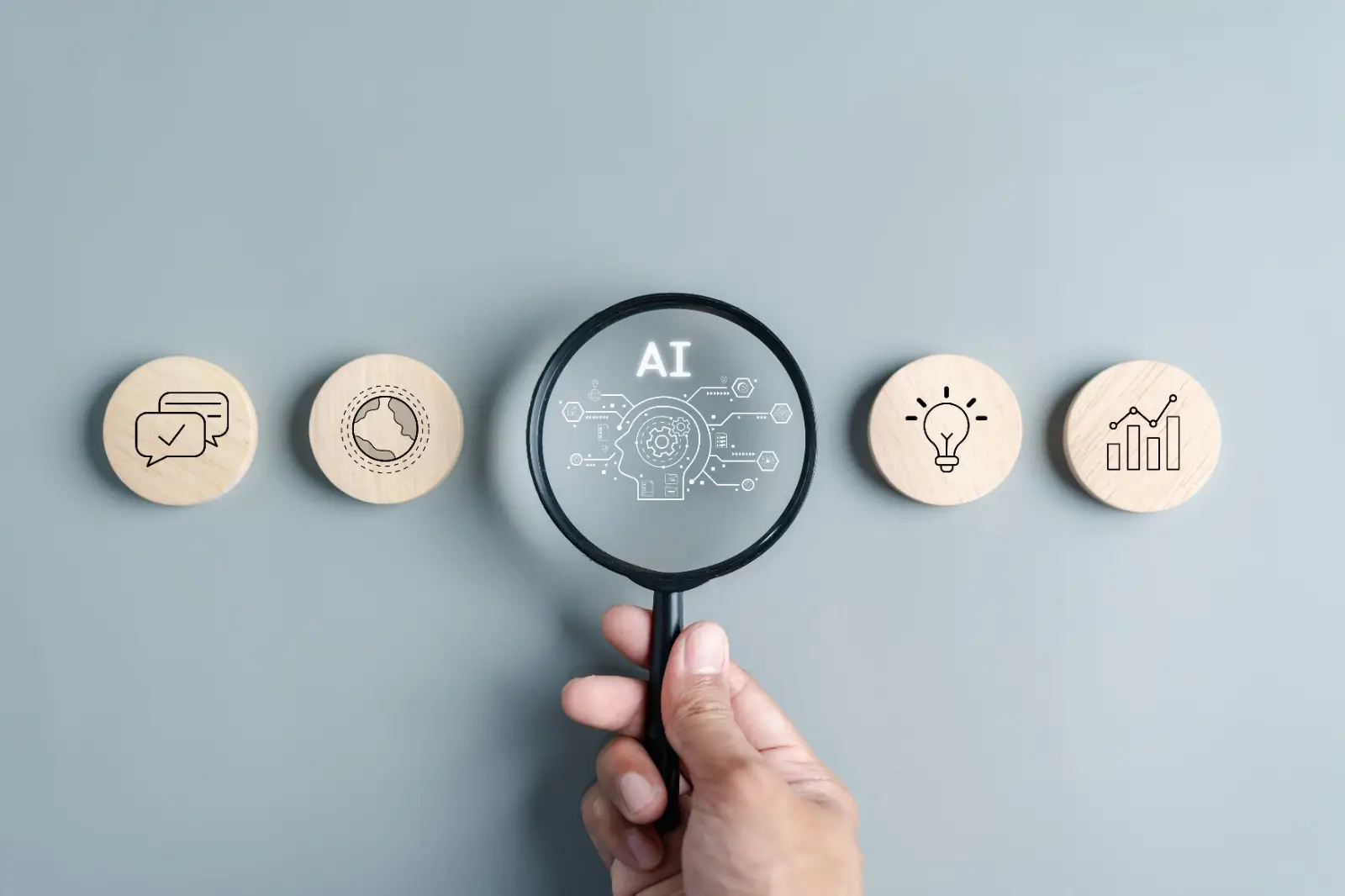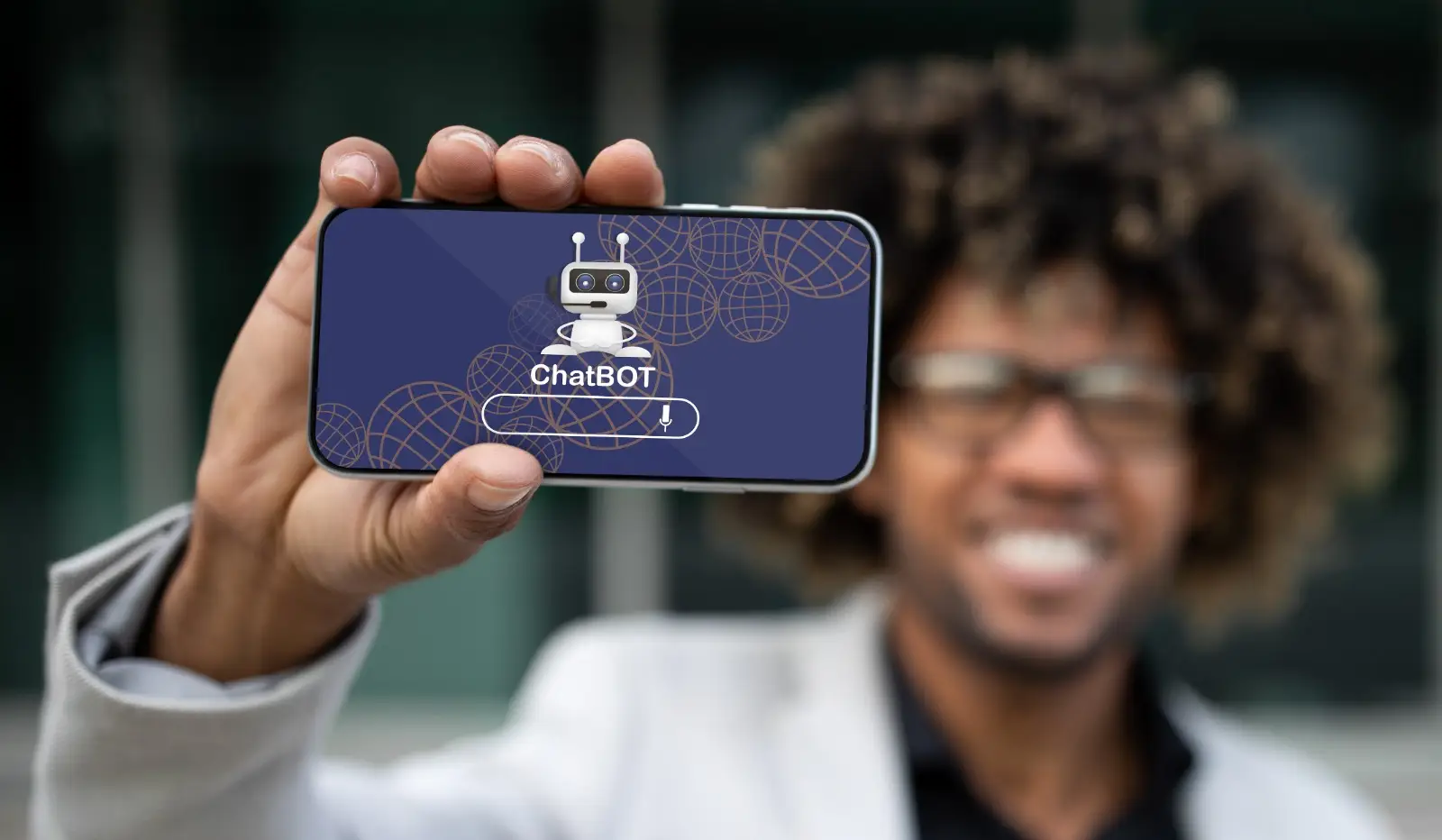In the ever-evolving digital landscape, conversational user experience (UX) has taken center stage, promising to revolutionize customer engagement and sales.
But how much do we really know about this technology? Is it a one-size-fits-all solution or are there varying levels of sophistication and effectiveness?
The truth is that not all conversational UX technologies are created equal.
From simple chatbots to complex AI-powered conversational platforms, companies leverage different technologies to engage with leads and customers and boost sales efficiency.
This blog post seeks to demystify conversational UX, delve deeper into its various levels, and explore the disparities in chatbot technologies.
Let’s uncover the reality behind the buzzword and help you understand the true nature and potential of Conversational UX.
What is Conversational User Experience?
Conversational User Experience is a fascinating field that’s shaping the future of user interactions. At its core, it’s about making digital experiences as human-like as possible.
We humans are inherently social creatures, we thrive on communication and connection. Moreover, we express complex ideas, emotions, and information through conversation – it’s our most natural form of interaction.
Now, imagine if machines could interact with us in the same way.
That’s precisely what Conversational UX aims to achieve. It leverages technologies based on natural language, such as chat and voice interfaces, to create engaging, interactive experiences that feel like genuine conversation.
Whether it’s a voice-enabled device like Siri or Alexa, or a text-based interface like a chatbot, the goal is always to make the interaction feel natural, intuitive, and even empathetic.
The magic of Conversational UX lies in its ability to create an illusion of chatting with a real person. When done right, the user forgets they’re interacting with a machine, and instead feels like they’re having a fluid, dynamic conversation with another human being.
This human-like interaction doesn’t just make using technology more enjoyable, it also significantly enhances usability, accessibility, and overall user experience and satisfaction.
Levels of Conversational UX
In the world of chatbots, there are different levels of conversational UX, varying from basic menu-based bots to AI-powered personalized ones.
Understanding the differences between them will enable users to identify which chatbot technologies to use for their specific needs.
1. Rule (Menu) Based
The Rule/Menu-based level of conversational UX can provide a basic chatbot solution that can automate simple actions and queries such as weather forecasts and store locations.
These chatbots respond to specific triggers according to predefined rules and flows, which makes them easy to build and deploy quickly.
They offer a user-friendly interface and can interact with existing back-end systems such as product catalogs or CRM systems.
However, these basic chatbots offer limited value to users when compared to other popular communication channels.
While they may be useful for simple tasks, they are unlikely to provide a comprehensive user experience, and therefore, limit their value to users.
The novelty effect of these chatbots also contributes to their limited value.
As a result, businesses should evaluate their buyers’ journey and use cases to determine whether they should be used as an entry point to more advanced chatbot experiences or discarded altogether.
2. Natural Language Understanding
When it comes to conversational UX, the Natural Language Understanding (NLU) level plays a significant role in determining the chatbot’s sophistication and overall quality of user experience.
While NLU-enabled bots can recognize user intent and understand specific phrases to execute corresponding conversation scripts, some are merely capable of simple phrase matching, while others employ cognitive capabilities to identify meaning and extract relevant information from sentences.
However, pre-set variables alone are inadequate for advanced conversations, limiting the value that users and businesses can derive from chatbots with NLU capabilities.
For a more meaningful and immersive chatbot experience, NLU bots need to be designed with a more extensive range of semantic knowledge and conversational abilities.
3. Contextual
The increasingly complex and advanced nature of conversations that chatbots are expected to handle calls for a more sophisticated approach to conversational UX.
Contextual recognition bots stand out as a solution that can provide a more user-friendly and less rigid experience.
By relying on pre-programmed conversational scripts and pre-defined trigger phrases, contextual recognition bots can handle a wide range of inputs and deliver appropriate responses.
This approach allows for more engaging experiences while responding seamlessly to unexpected inputs and managing dialogue branches.
However, like all conversational UX technology, there are limitations to the sophistication of contextual recognition bots, which means that the user experience may not always be perfect.
Despite these limitations, contextual recognition bots stand out as a significant improvement overrule-based and NLU bots.
4. Personalized
In today’s world, where customers demand more personalized experiences, the rise of personalized bots has given businesses the opportunity to significantly improve their conversational user experience.
Unlike traditional bots that rely on scripts, personalized bots employ artificial intelligence and machine learning technologies that enable them to tailor conversations based on user preferences, past interactions, and external data sources such as user location, age, and gender.
This makes personalized bots much more flexible and adaptable than their traditional counterparts, allowing them to present users with relevant information, products, and recommendations that match their unique needs and interests.
With the ability to learn more about users with each interaction, personalized bots create a continuous conversation that drives greater engagement, satisfaction, and conversion rates, ultimately leading to better business outcomes.
Leveraging Chatbot Technologies: How Businesses Boost Sales
Companies are always seeking innovative ways to boost sales and improve customer experience. One such method that has gained significant traction is leveraging chatbot technologies.
As we’ve seen, chatbots come in various forms – from simple rule-based bots to those capable of personalized interactions.
But how exactly do these digital assistants help businesses increase their sales?
The answer lies in their ability to automate and personalize customer interactions at scale. For instance, a basic rule-based chatbot can handle straightforward customer inquiries, freeing up human agents to focus on more complex tasks.
However, the true game-changer lies in advanced chatbots with Natural Language Understanding (NLU) and Contextual recognition capabilities.
These bots can comprehend and respond to customer queries in a more conversational manner, making the interaction feel more natural and less transactional.
By understanding user intent and context, they can provide more accurate and relevant responses, leading to greater customer satisfaction.
The pinnacle of chatbot technology is personalized bots. Leveraging artificial intelligence and machine learning, these bots provide highly personalized experiences by tailoring conversations based on user behavior, preferences, and past interactions.
This level of personalization makes customers feel understood and valued, which, in turn, fosters loyalty and drives repeat purchases.
Furthermore, these intelligent bots can upsell and cross-sell products effectively.
By analyzing customer data, they can recommend products that match the customer’s needs or preferences, increasing the likelihood of additional purchases.
Choosing the “One” for the best UX
Choosing the right chatbot is not just about picking the most technologically advanced option, it’s about finding the one that aligns best with your business objectives and customer needs.
A well-chosen chatbot has the potential to skyrocket user engagement, boost sales, amplify brand awareness, and propel your business to new heights.
Remember, the ultimate goal of Conversational UX is to create a seamless, enjoyable, and value-adding user experience.
So, choose a chatbot that will make your customers feel heard, understood, and appreciated – one that will make them want to keep the conversation going.
One such tool is Exceed’s AI-powered conversations. By leveraging machine learning and advanced natural language processing techniques, Exceed.ai allows businesses to automate and personalize customer interactions at scale.
This not only enhances the user experience but also significantly boosts sales and marketing efforts.
With Exceed.ai, businesses can reach more customers, respond faster, and deliver personalized experiences, all while saving time and resources.
Book a demo and discover firsthand the transformative impact of an AI-powered solution on your organization.
Don’t wait – experience the future of conversational UX now and propel your business to the next level of success.




![Discover The Best Email AI Assistant [AI Unleashed]](https://exceed.ai/wp-content/uploads/2024/01/1_1-400x250.webp)
![The Power Of AI Sales Agents [Autonomous Reps]](https://exceed.ai/wp-content/uploads/2024/01/happy-sales-agent-smiling-400x250.webp)